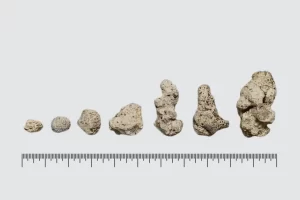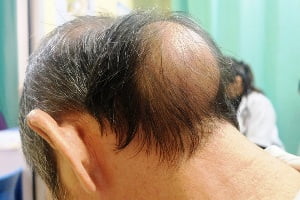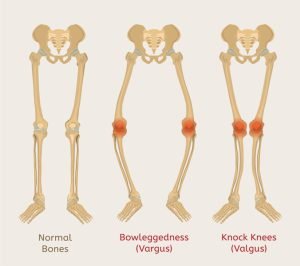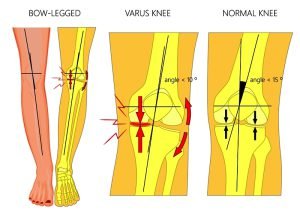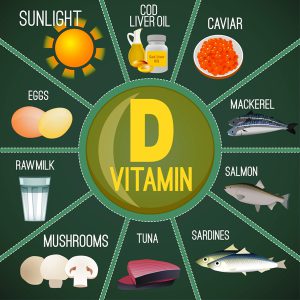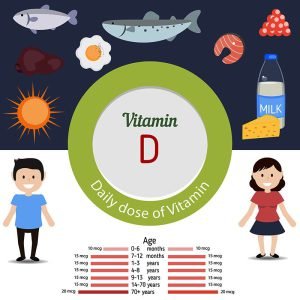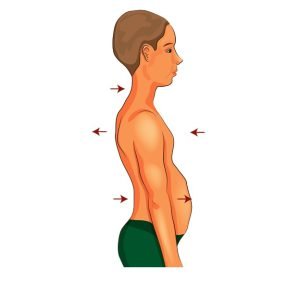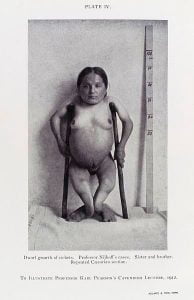Browsing: Rickets in Children Graphics
Comprehensive Information, Resources, and Support on Rickets in Children
There are several types of rickets, but the cause is always due to deficiency of vitamin D, phosphate or calcium. The most commonly used classification of rickets is whether it is calciopenic and phosphopenic rickets. Calciopenic rickets is due to nutritional deficiency of vitamin D and or calcium. The image shows different types of deformities as a result of rickets.
Deficiency of vitamin D leads to a disorder during infancy or childhood known as rickets. This is due to poor nutrition, a lack of exposure to the sun, or mal-absorption syndromes (the intestines are not able to adequately absorb nutrients from foods). Vitamin D is essential for metabolism of calcium and phosphorus in the body. It is considered essential for proper bone development and growth too. Rickets lead to restlessness, slow growth in children or dwarfism, fractures, cramps, seizures, fractures, softening of bones, widening wrists, skeleton deformities, breathing problems, etc. [Image used under Creative Commons License from Wikimedia]
Rickets is a bone disease that affects infants and young children. The bones of a child fail to develop properly due to a lack of vitamin D. This can result in soft and weakened bones, fractures, bone and muscle pain, and bony deformities. Rickets can cause various types of deformities in the legs as shown in the image.
A severe lack of vitamin D or calcium or both can cause nutritional rickets. The most common cause of rickets is an extreme low level of vitamin D or calcium, or both. Sunlight is the main source of Vitamin D. Foods that provide vitamin D are fatty fish, like tuna, mackerel, and salmon, foods fortified with vitamin D, such as some dairy products, soy milk, and cereals.
The link between vitamin D and rickets has been known for many years. In children, inadequate concentrations of vitamin D may cause rickets. It is now recommended that all infants and children, including adolescents, take a minimum daily intake of vitamin D. How much vitamin D should you take? Here is the information according to your age.
Rickets is a skeletal disorder (especially in children) which results in softening or weakening of bones due to an extreme and prolonged deficiency of vitamin D, calcium, or phosphate. People with rickets suffer from stunted growth, and, in severe cases, skeletal deformities. Symptoms of rickets include pain or tenderness in the bones of the arms, legs, pelvis, or spine, bone fractures, muscle cramps, teeth deformities, such as delayed tooth formation, holes in the enamel, abscesses, cavities, skeletal deformities such as oddly shaped skull, bumps in the ribcage, curved spine, pelvic deformities, etc.
Rickets causes bending of soft weak bones due to deficiency to vitamin D and calcium. Rickets is most commonly diagnosed in children between the age of 3 and 18 months. It affects both boys and girls equally. Rickets occurs in older people in form of osteomalacia (softening of bones). Osteomalacia is more common in women. Softening or weakening of bones lead to dental deformities or delayed formation of teeth, reduced muscle strength, growth impairment, short stature or dwarfism, skeletal deformities such as abnormal shaped skull (craniotabes), bowlegs, rib-cage abnormalities and breastbone, pelvic, and spinal deformities. [Image used under Creative Commons License from Wikimedia]
ADVERTISEMENT
